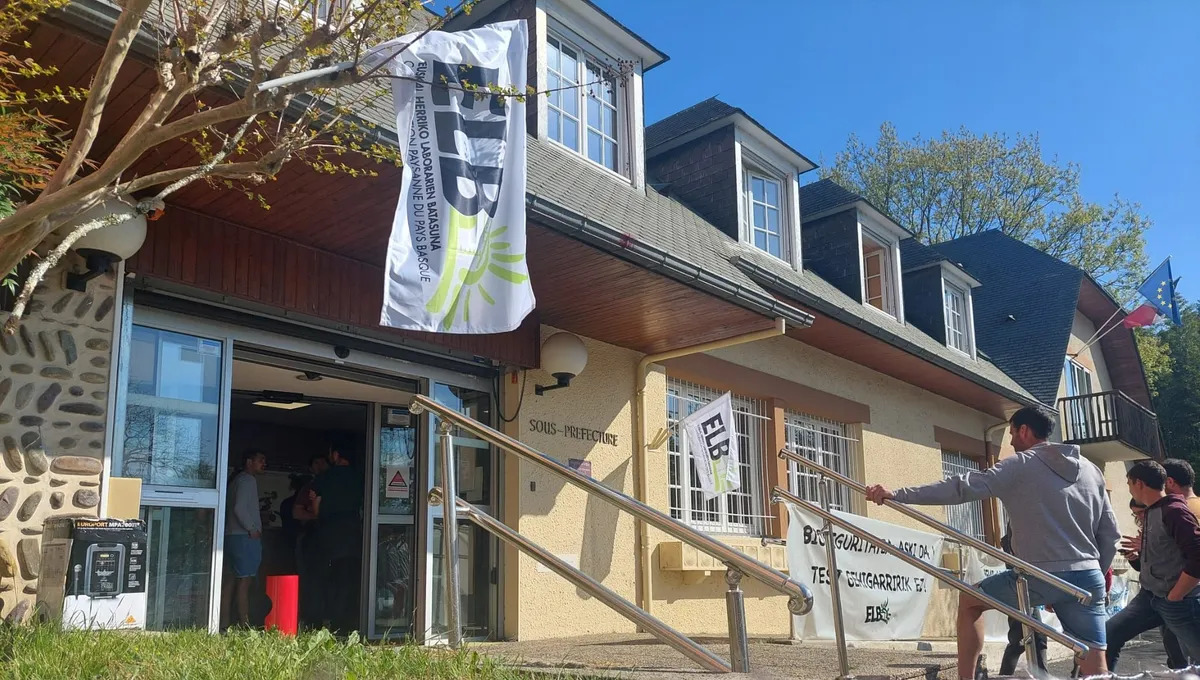Learning from the second wave
- Bermeo (Bizkaia), November 1918. The so-called Spanish flu caused 23 deaths in the Gipuzkoan locality in less than a month from influenza throughout the country. It is the second wave of the pandemic this fall of 1918.

The first wave, last May, left no fatalities in the Biscay town of Bermeo. Nor in Plentzia, and then in November, the flu would cause the death of 13 people. In Erandio, 3 deaths were recorded last May and nearly 60 deaths were recorded in October. In Vitoria-Gasteiz they did not reach 10 May and in October they passed the barrier of 200 deaths throughout the territory. In Irun no deaths were recorded until August and in September alone the 90 deaths were exceeded… These data collected by Anton Erkoreka in The Spanish flu pandemic in the Basque Country (Spanish flu pandemic in Euskal Herria) show that the second wave of influenza in the Basque Country was much stronger than the first. Considering the seven territories, in May the flu deaths did not reach 20 and in October they were around 600; that is, in a single fall day they died as in all spring.
And what happened in Euskal Herria can be extended to the whole world. In Spain, for example, 75% of the fatalities were caused by the second wave, a more significant fact considering that the first one blew strongly in Madrid and other parts of Andalusia. On the one hand, the temperature provoked the force of the second wave: Like COVID-19, the flu spreads more easily in colds. On the other hand, the population was weakened by the first wave and, especially in Europe, by the First World War. In the first blow they had already taken a few measures (use of masks, isolation…), but in the second they had to harden and concretize them. There would also be a third wave (and, according to some experts, a fourth, although many others saw it as an occasional reappearance), much smoother, among other things, thanks to the measures taken in the second.
In the following pandemics, a similar wave model is also observed: In the Asian flu of 1957-1958, in the Russian flu of 1977-1978… And this year was also foreseen this second wave. So why didn't you expect it in 1918? Evidently, there was a history of a pandemic, but not properly studied, since biomedicine was born in the 19th century and that is when data on epidemics and pandemics are specifically collected and interpreted.
We know, for example, that in the 14th century, at the time of the Black Death, the disease reappeared several times, unlike other viruses, that bubonic plague spreads more easily in summer, when temperatures are hot, but there's not enough data to determine a pattern of waves. In the words of Professor of History of Science, Carmel Ferragud, of the University of Valencia, “it is not useful to explain the epidemics of the past through current biomedicine and tools, because the way to conceptualize diseases is very different.”
The pandemic has revealed, in all its crudeness, the consequences of the neoliberal model of care for the elderly, children and the dependent population. Now is the time to consolidate the critical discourses and community alternatives that flourished during the lockdown.”... [+]
You may not know who Donald Berwick is, or why I mention him in the title of the article. The same is true, it is evident, for most of those who are participating in the current Health Pact. They don’t know what Berwick’s Triple Objective is, much less the Quadruple... [+]
Indartsua, irribarretsua eta oso langilea. Helburu pila bat ditu esku artean, eta ideia bat okurritzen zaionean buru-belarri aritzen da horretan. Horiek dira Ainhoa Jungitu (Urduña, Bizkaia, 1998) deskribatzen duten zenbait ezaugarri. 2023an esklerosi anizkoitza... [+]






















